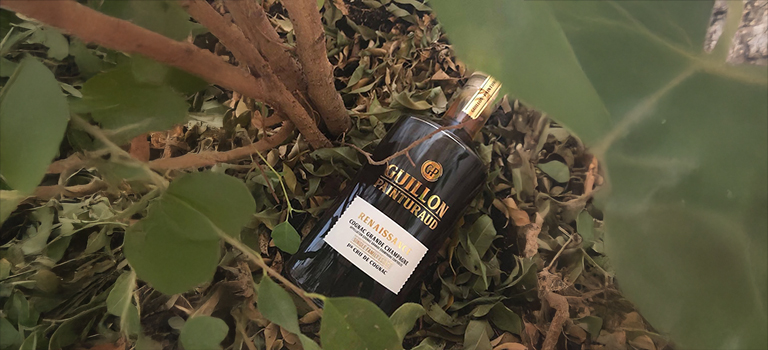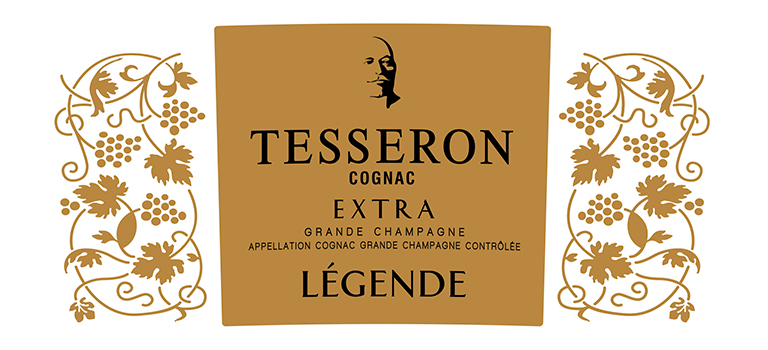We’ve reached the fifteenth pouch in the Cognac-Expert Advent Calendar, and today it’s the Vallein Tercinier Liaison Intime. I’ve been especially excited for this one, and for a rather whisky-related reason. A few years ago, whilst working with Dingle Distillery and assisting Graham and Fay Coull at Whisky Live Paris, I had the chance to introduce Graham to some cognacs during a break. Naturally, I brought him to the Vallein Tercinier booth.
We tasted their full lineup, and Graham was so impressed that I introduced him to the Vallein Tercinier family. This led to the acquisition of several cognac casks to mature or finish some Dingle whiskey. Over the next two editions of Whisky Live Paris, the Vallein Tercinier team stopped by to sample the Dingle whiskey finished in their casks – and they loved it! But enough about my story – let’s dive into Vallein Tercinier and take a closer look at their Liaison Intime Cognac.
Read more







